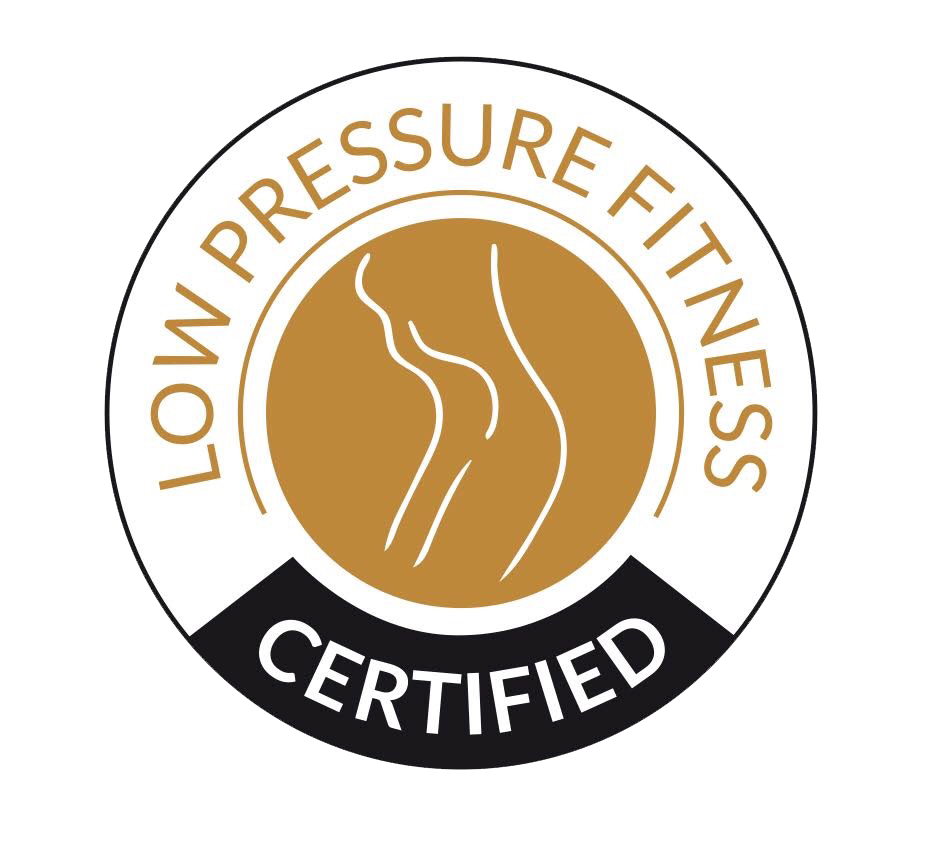

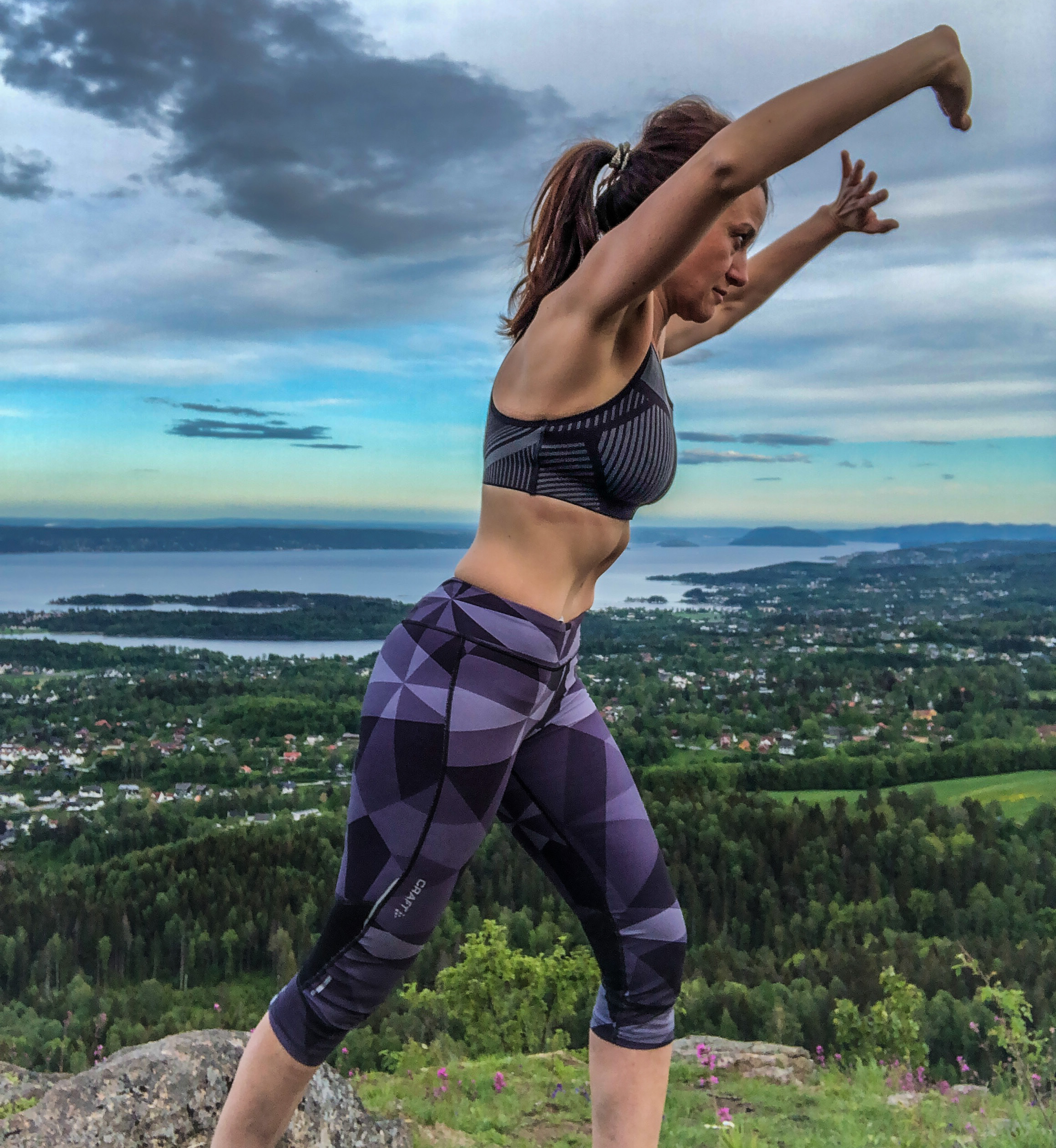
What is Low Pressure Fitness, or hypopressive exercises as it is also known as? As the name implies it is an exercise technique which focuses on minimising the pressure on the visceral organs.
With the help of a range of techniques, which focuses your consciousness on body posture, balance, movement and breathing, the practitioner moves through a series of postures and transitions between these. While performing the exercises, breathing techniques are used to create a vacuum with the lungs, which retracts the the diaphragm upwards and makes place for the visceral organs. This also automatically activates the deep core muscles and the pelvic muscles.
The postures and the transition between these also focuses on stretching the fascia of the body, this is connective tissue around muscles and stretches all through the body. LPS is a form of excercise that most people can benefit from, and the instructor will adapt these techniques individually to the student.
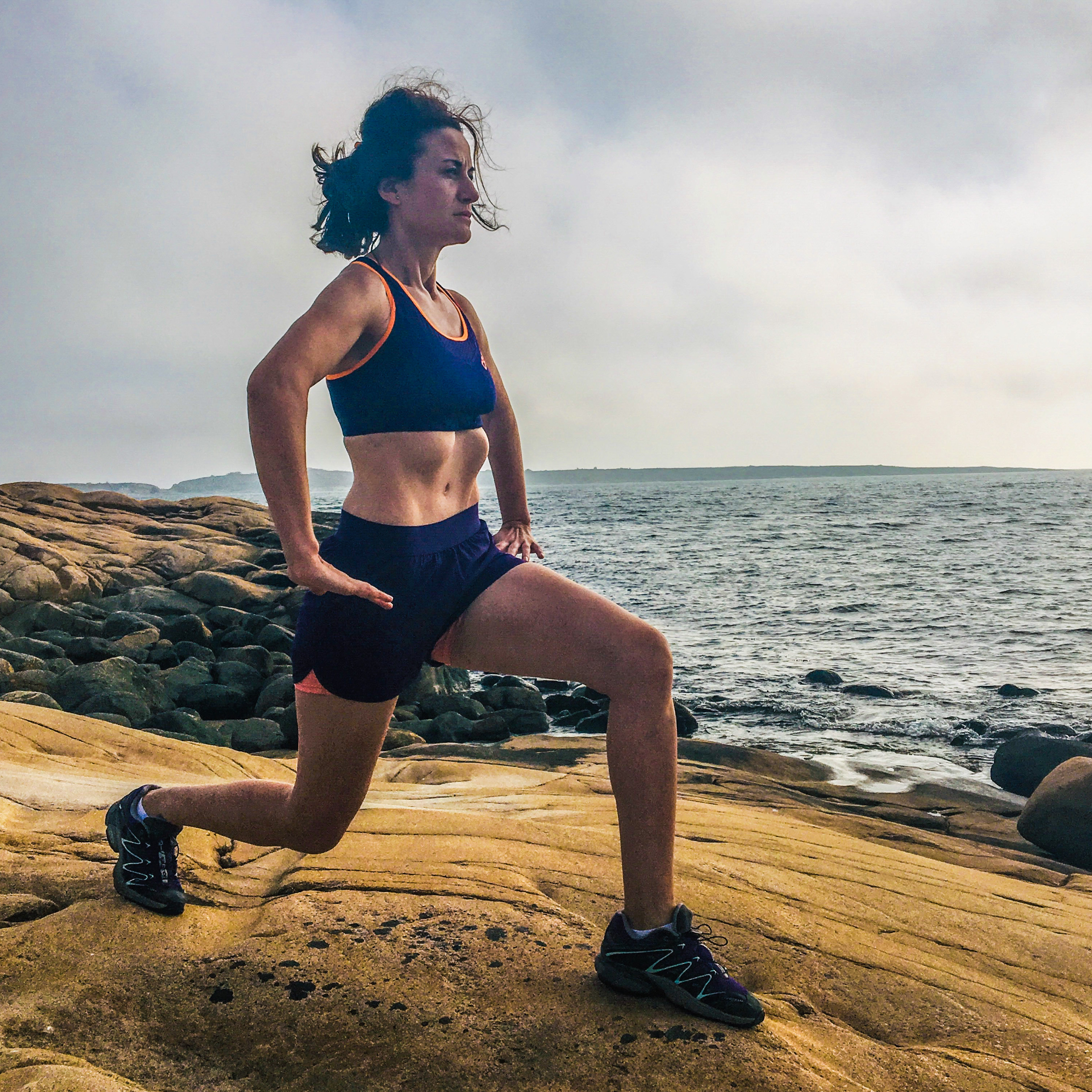
So Low Pressure Fitness can both be your main exercise activity or it could be a preventive exercise to avoid injuries and counteract negative effects of your main activity, regardless of what activity you are performing.
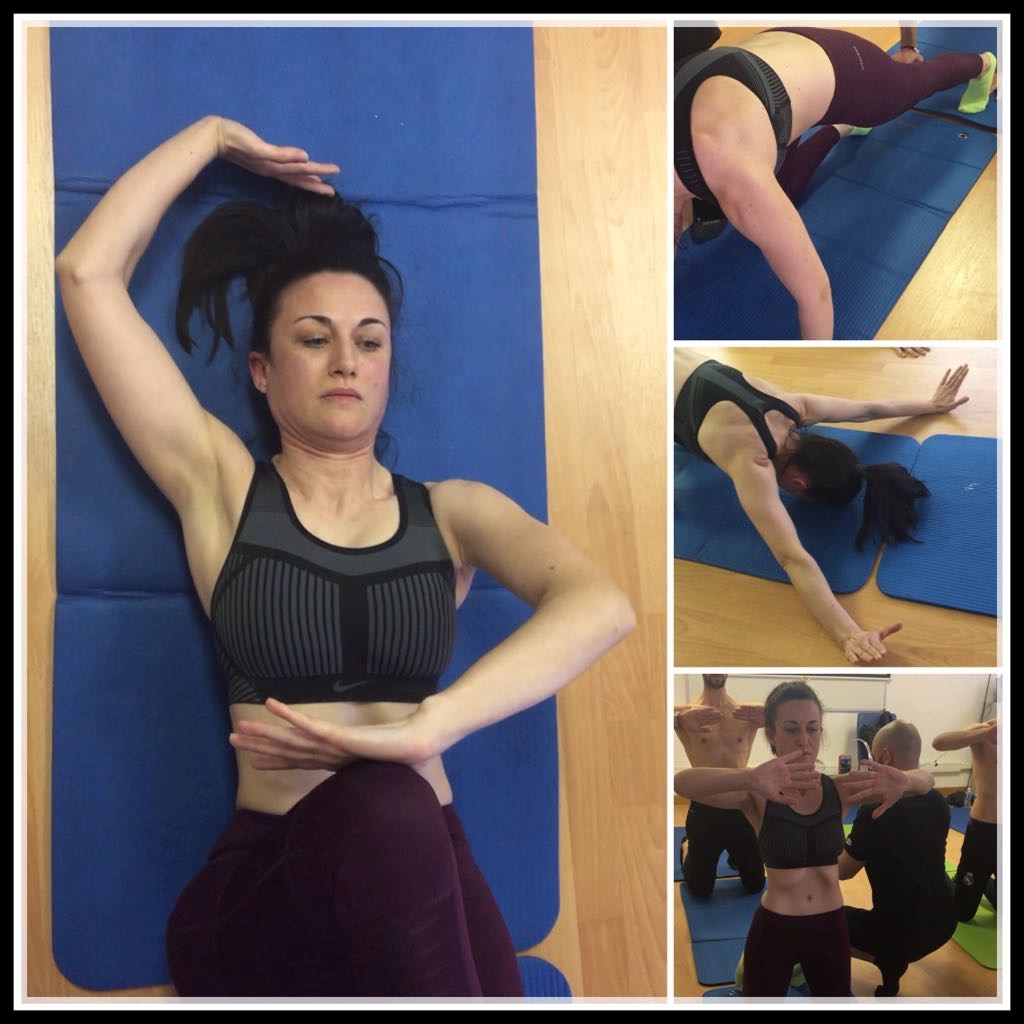
The hypopressive techniques are aimed at men and women of all ages who desires strong core muscles and a strong pelvic floor. They are also recommended for children and elderly people due to the many benefits.
Both professional athletes and amateurs who wishes to improve their results and avoid injuries due to weak core muscles and pelvic floor muscles.
Low Pressure Fitness is highly recommended for women after child birth, in order to help the body return back to the normal state again.
You can not do hypopressive exercises or Low Pressure Fitness if your doctor have prohibited physical exercise. It is not recommended for people with high blood pressure either.
It is important to learn Low Pressure Fitness from a certified instructor who can adapt the hypopressive techniques to your needs and goals.
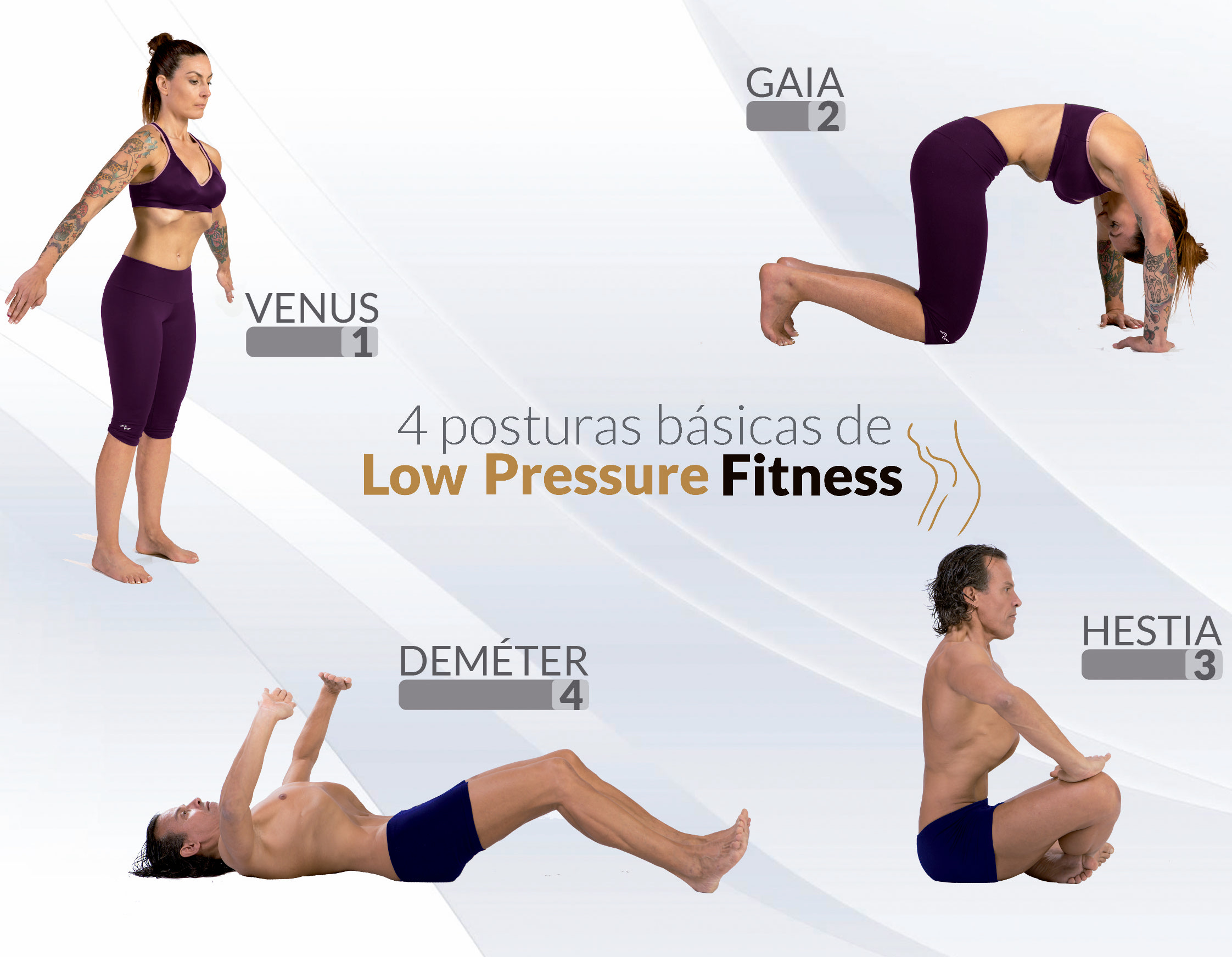
The best way to teach LPF is to be able to observe the practitioner in three dimensions and adjust the exercises with proprioceptive techniques, which involves light touches.
For LPF level 1 I can offer a package for 10 hours at NOK 3250,-.
Low Pressure Fitness level 1 consists of 10 lessons of 45 minutes duration.
The course also includes a personalized training program.
After this course you will be able to practice Low Pressure Fitness alone or continue with me.
To acieve a good result it is preferred to exercise twice a week for five weeks with a minimum of one day between exercises.
Alternatively we can exercise once a week but then it will take longer time to achieve the same results.
These are one on one sessions where I will follow you up closely to immerse you maximally into the exercises, and you will start noticing all benefits even sooner. The class duration is 45 minutes and costs NOK 595,-.
Manual assessment of diastasis recti, NOK 250,-.
Assesment of core muscles and pelvic floor muscles, NOK 350,-.
All three evaluations combined, NOK 500,-
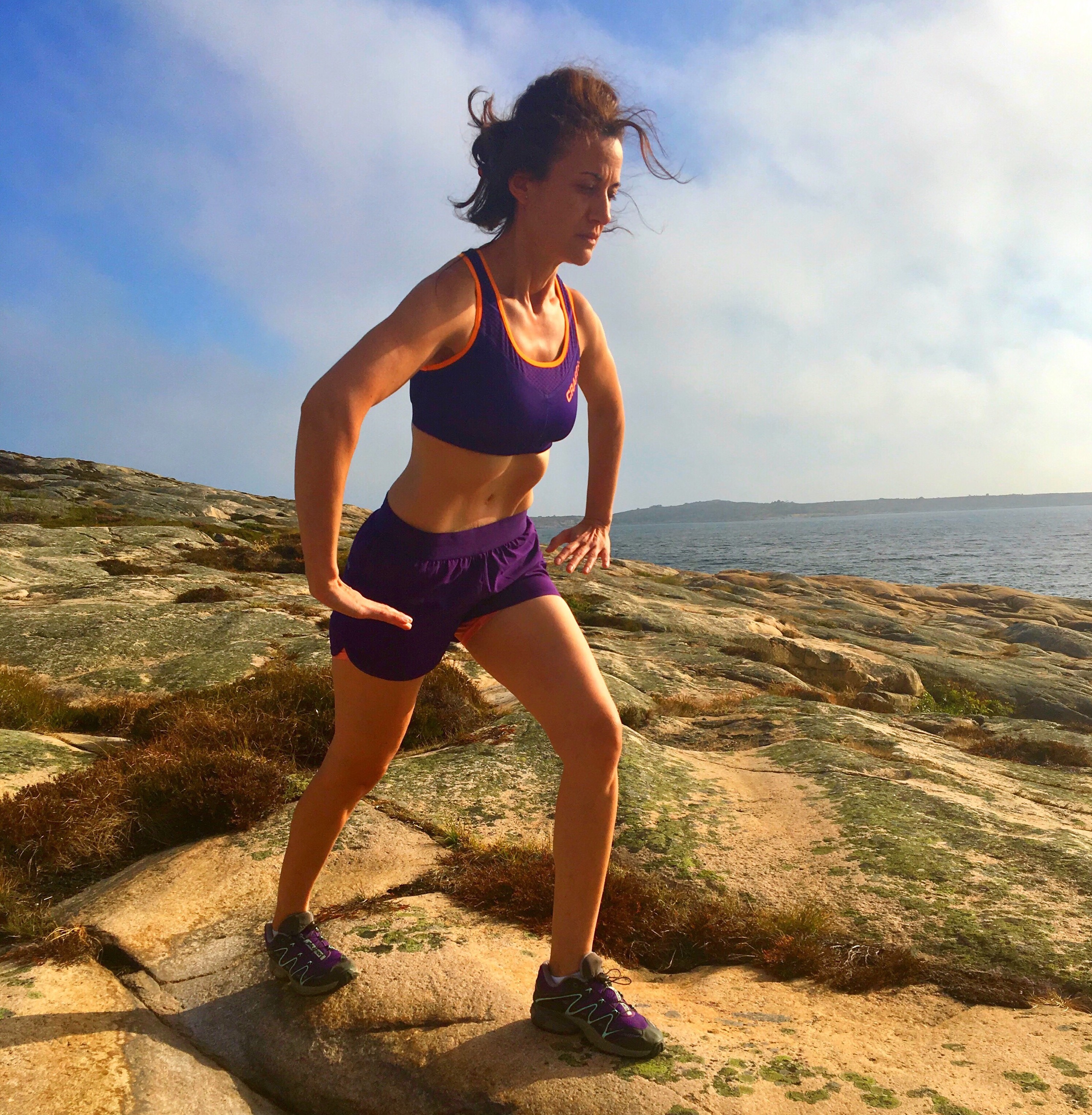
My name is Charo Niño. I come from Spain and I'm trained, and works as, a goldsmith. I have always enjoyed movement and training and I'm very concerned with the nature and natural things.
After having had my second child and experienced problems with urinary incontinence, I was finally introduced to LPF. The physical therapist I contacted in order to remedy my problem, chose to teach me LPF in order to restore my bodily functions again. After only three months the incontinence was history and I experienced several other positive side effects. That's when I decided to expand my knowledge and learn more about LPF.
Three courses and an exam later, I am now an international certified instructor for Low Pressure Fitness. Now I wish to share this amazing exercise method for other people to benefit from too.
The Low Pressure Fitness certification has to be renewed every second year. This is my last update of my certification.